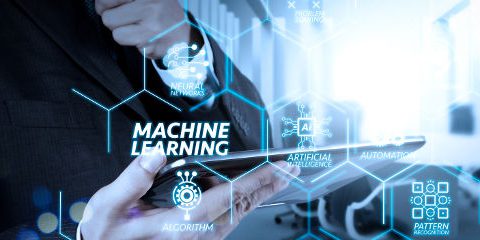Machine learning is revolutionizing many industries and forever changing how we interact with computer systems and each other. The revolution is particularly relevant to cyber security, where machine learning is used to help human analysts make sense of increasingly large amounts of data to identify threats and mitigate vulnerabilities. While this symbiotic relationship is improving our security posture, it is fundamentally limited by humans making decisions at human speed. Significant gains in security can be realized if autonomy is embraced and “trusted” machine learning is given license to make actionable decisions at machine speed. Despite the potential benefits, there have been relatively few research efforts and applications of autonomous machine learning towards cyber security. This webinar describes the benefits of machine learning based approaches for autonomous control in the cyber domain. We discuss emerging autonomous machine learning technologies and their recent successes, technical and non-technical challenges to overcome, and potential near-term applications to cyber security.
Read the companion CSIAC Report: Learning to Win: Making the Case for Autonoout Cyber Security Solutions


